Creating a Today widget and I am using UserDefaults(suiteName:) to persist some data. In the main application I am using UserDefaults.standard(). This can't be read (or can it?) by the extension which is why I use the suiteName: constructor.
Data that user persist to UserDefaults.standard() in the main app needs to be available in the extension.
At this time I am persisting to both so that the values can be shared
UserDefaults.standard().set:...forKey:...
UserDefaults(suiteName:...)().set:...forKey:...
...
Question is should I drop UserDefaults.standard() all together and just use UserDefaults(suiteName:) in my application, or is this bad practice and if so why?
Edit: I am using an App group container. For clarification I am asking should I just replace standard() with suiteName: throughout my project?

